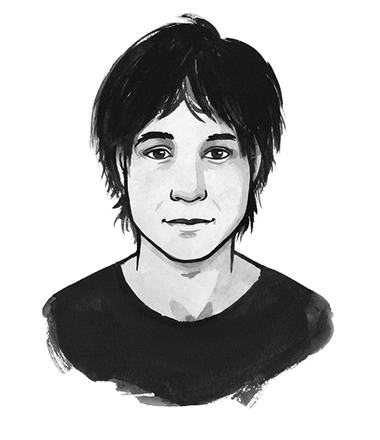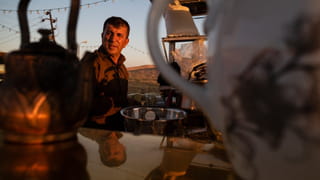When Peyman Talib (31) woke up in a hospital in Sulaymaniyah, a city in northern Iraq, her left lower leg was gone and her arms were severely burned. Her five-year-old son Hejwan had pieces of shrapnel in his head, and her husband Keywan Kawa (30) had been struck in his legs and torso.
The injuries had not been caused by a gas explosion, as Talib had instantly thought when she was thrown to the concrete floor of her shop after a dull thud followed by a raging blaze. Instead, they were the result of a Turkish precision strike missile, fired by an unmanned aerial vehicle (UAV).
The attack took place on 25 June 2020 in the late afternoon, around 5:30pm, in the northern Iraqi village of Kunamasi, a popular tourist destination in the region. A PJAK fighter in civilian attire who entered her shop shortly before the strike had been killed; a man who was waiting for him in front of her shop in a pick-up truck with three others had been injured.
When I spoke to Talib three months later in her parents’ home in Sulaymaniyah, her eyes were still ferocious. Why did the attack take place in her store of all places, in such a busy spot? That day, an Iranian tourist standing 100 metres from the explosion lost an arm from flying shrapnel, and a villager who was letting tourists ride in circles on his horse was injured.
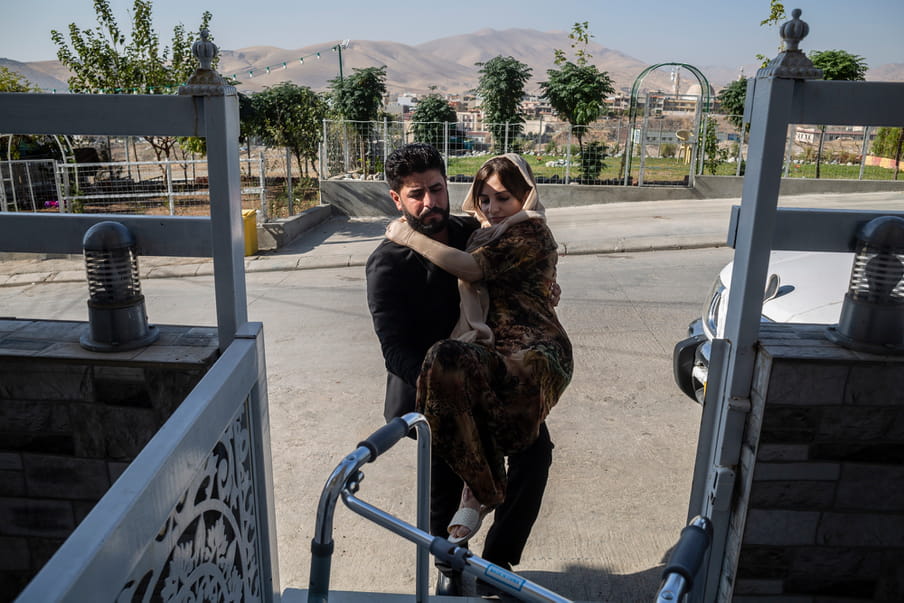

Despite that, she saw a spokesperson for the Turkish Ministry of Foreign Affairs on TV not much later, claiming that “utmost attention is paid to ensure the safety of civilians both in planning and conducting phases of our operations”. And he dismissed the accusations that civilians were hit by the drone strike as “mere propaganda of the PKK terrorist organisation and their sympathisers”.
And that’s that. No investigation, no apology, and no financial compensation for the victims. Talib and her family are abandoned to their fate and have to get on with their lives. Turkish drones still hover above the region like invincible executioners, waiting for a chance to strike again.
How drones radically change an old war
The violence that spilled over onto Talib is part of a renewed military operation by the Turkish government against the Kurdish PKK in Turkey and its Iranian branch PJAK, which are using the Kurdish Autonomous Region in Iraq as a base for their struggle for more autonomy for the Kurdish people in their own country.
Turkey and Iran regard the Kurdish rebels as “terrorists” and have regularly carried out attacks in northern Iraq in recent decades. For years, PKK members endured those attacks by hiding in near-impassable terrain of the mountains, where they were almost impossible for the Turkish army to find. As one Kurdish proverb says, “We have no friends but the mountains.”
But these mountains have offered less and less protection since 2018. And that is due entirely to a technology that is spreading rapidly around the world: drones. The flying high-resolution cameras – often equipped with precision missiles – enable soldiers sitting behind screens far from the battlefront to detect and attack distant enemies, without running any risk themselves. Their target can do almost nothing to avoid these drones but go into hiding, flee, or disguise themselves and try to blend into the civilian population.
But where the soldiers behind the drones can now see the battlefield better than ever, the outside world sees far less than before. Almost everything we know about the violence being perpetrated comes from spokespersons, and that’s not much. It is often unclear exactly how decisions are made and, for example, why the risk of civilian casualties was taken for granted. Almost every nation that possesses drones claims that unverifiable “protocols” are in place to ensure that only the targeted people are hit.
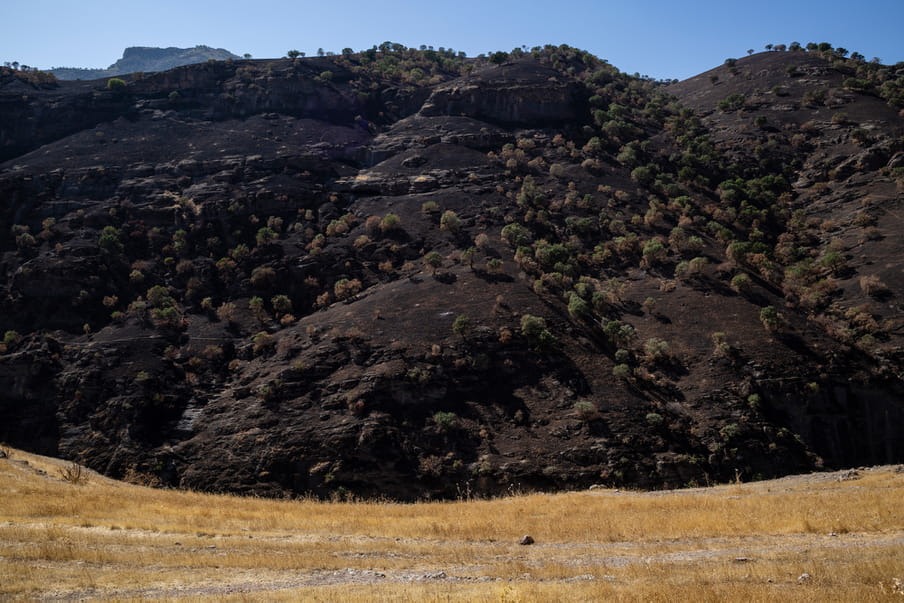
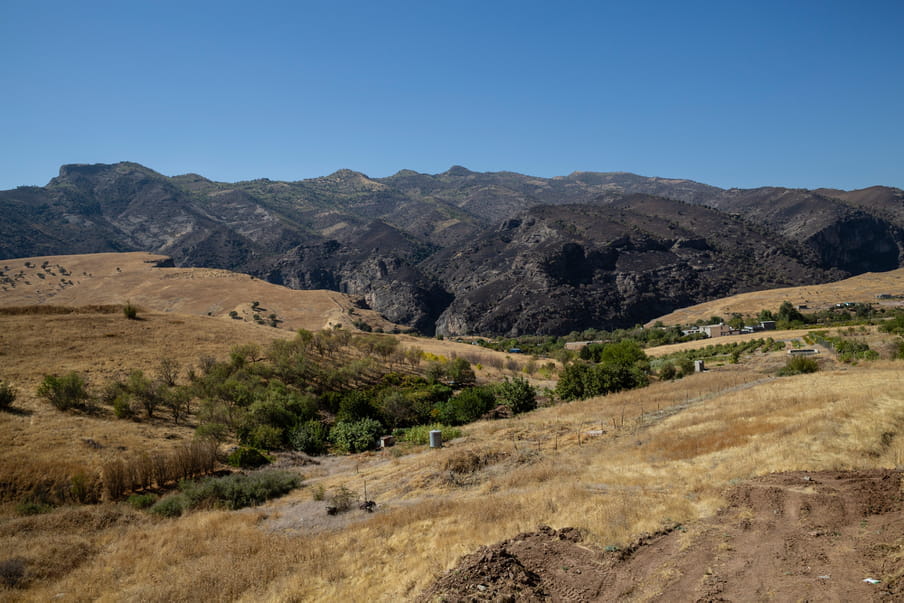
The Turkish offensive shows where drone warfare leads
In recent years, Turkey has developed an impressive drone fleet that includes some 130 armed drones and hundreds of unarmed models. They use these devices to keep a constant watch on the places where they are waging war. Previously, a target was often marked by an informant on the spot, but had often already moved on by the time a fighter jet dropped its payload. Thanks to their drones, Turkish forces can now identify and track a target and, if necessary, attack within seconds.
When civilian casualties occur in that context, it is simply denied. The Turkish army argues – echoing western countries that operate military drone fleets and have been using the technology for years – that drones make warfare “more precise” and therefore “more humane”, actually preventing civilian casualties. But the people living in the rugged mountains of northern Iraq have a very different perception of this so-called “precision”. Citizens in that area feel that they are constantly being held at gunpoint and could be killed at any moment.
In recent years, Turkey has developed an impressive drone fleet that includes some 130 armed drones and hundreds of unarmed models
In June, Turkey announced a new offensive in northern Iraq, and dramatically ramped up drone deployment. Thirty-six hours after the announcement, more than 500 PKK targets had already been attacked, writes Anadolu Agency, a state-run news agency out of Ankara, Turkey. In the months that followed, the military operation grew into one of the most active drone wars in the world. An unknown number of civilians have been killed, while thousands of others fled.
The Kurdish leaders of the semi-autonomous region within Iraq are unhappy with the violence, but are unwilling or unable to do much about it. Turkey is by far their most important trading partner, and its military forces are significantly stronger. Moreover, Turkey signed an agreement with Iraq in 1984 to deal with the PKK in the border region if the Turkish government deems it necessary. They prefer not to take arms against the PKK themselves in order to avoid an intra-Kurdish war with the PKK.
The predominantly Kurdish population of northern Iraq is caught between the two, surrounded by violence. They generally feel a strong aversion to Turkey but do not automatically support the PKK (originally Turkish, but also Kurdish). Many in the region are tired of foreign forces fighting their wars across their country.
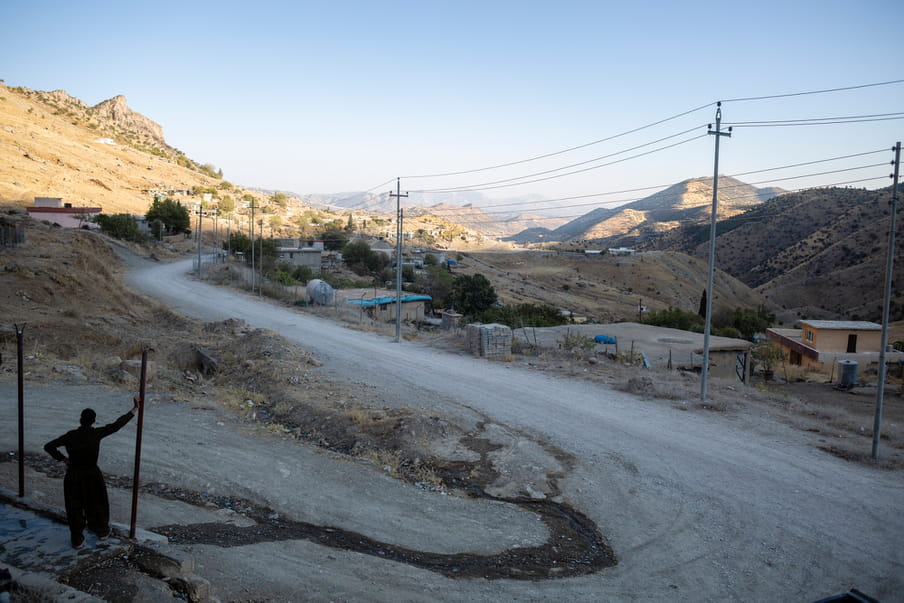
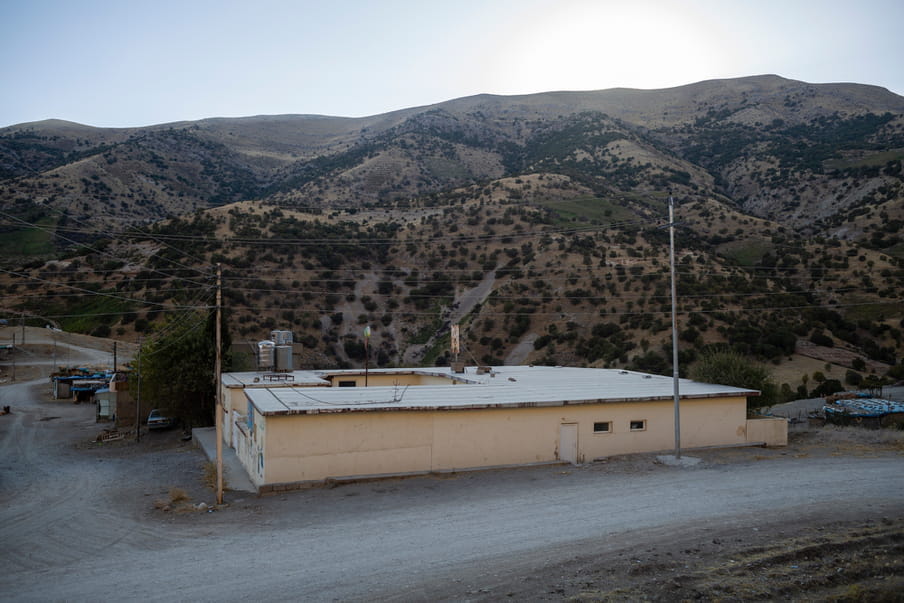
How drones bring everyday life to a screeching halt
In Qamish, an idyllic mountain village located right on the Iraqi border with Iran, it is easy to see how drone violence disrupts society at every level. The dusty streets are silent and deserted; the schools are empty. All the teachers, civil servants and medical staff have fled, along with half the population.
Turkish drones hover in the air here about half the time, usually about six to seven hours a day, according to the locals who remained. They sometimes see the UAVs gliding past, high in the air, and hear the roar of the engines echoing through the valley. And it terrifies them.
“We know they are here to kill, but not where they will strike,” says Mohammed Ahmed (58), village leader of Qamish. Dressed in traditional Kurdish garb, he sits against the wall of his living room. In his hand he holds a prayer chain; before him lies a tray of grapes from the vineyards bordering the village.
Since 2 December 2018, Qamish and the surrounding villages have been attacked 15 times, he says. Surveillance drones usually observe the area for a few hours, after which a manned fighter jet carries out the attack. When they hear the sound of a drone, the children run from one room to the other, terrified of becoming the next victim. Villagers close their doors and wait. They cannot do much more than take shelter and hope they’re not targeted.
The idea that another country can do this with impunity makes Ahmed feel powerless, he says. “Turkey says they’re attacking the PKK, but they’re attacking everything and hitting far more than people alone. Our lives are 100% different than they used to be. After an attack in August, large fires broke out in the mountains, destroying thousands and thousands of acres of arable farmland.”
He suspects that Turkey is deliberately carrying out the attacks on crowded places in order to frighten the population, so that they will turn against the PKK. But the PKK isn’t the problem, he says. “The problem is Turkey. They hate Kurds and are always at war with us.”
He shakes his head in indignation. “If there were Turkish soldiers here, I’d fight back, but I can’t do that against drones. All we can do is watch innocent people being slaughtered. It is excruciating and degrading.”
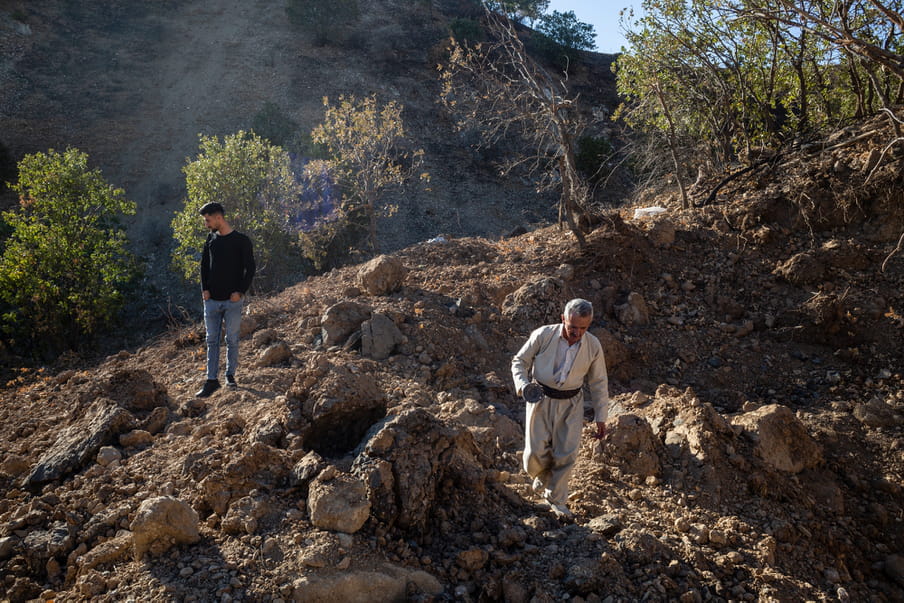
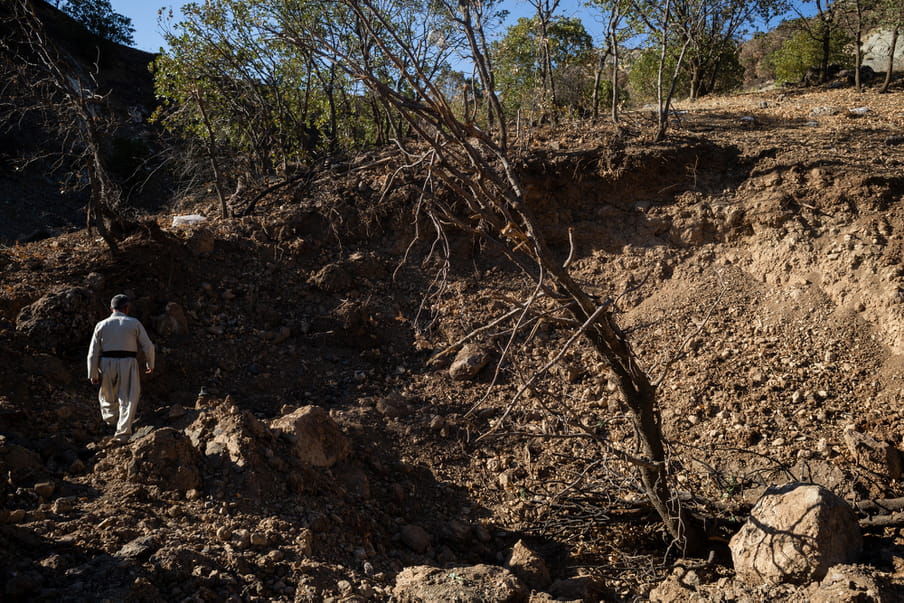
How the US unintentionally inspired the Turkish drone programme
The rise of the Turkish drone programme can largely be attributed to one man: Selçuk Bayraktar. At the beginning of this century, Bayraktar studied electrical engineering at Massachusetts Institute of Technology (MIT), a prestigious research university in the US, and saw that many of his classmates went to work for US defence companies after graduating, specialising in the production of combat drones.
Young and impassioned, Bayraktar wanted to bring what he had learned in the US back to his homeland, convinced that technology would radically change warfare. By that time, the flying high-resolution cameras had already become a standard feature in the skies above the battlefield in US wars in Afghanistan, Pakistan and Iraq.
In 2005, at the age of 26, Bayraktar spoke to a group of Turkish officials to demonstrate a small drone he had designed and engineered himself. Not long before that, he had taken over his father’s engineering company to focus on manufacturing unmanned aerial vehicles.
“Boeing, Lockheed, these are big companies right?” he asked the officials, as he sent his drone into the air. “We are making those same systems. If Turkey supports this project, these drones, in five years Turkey can be at the forefront [in attack drone forces] of the world, easily.”
At that time, manufacturing and deployment of armed drones was limited almost exclusively for the US and Israel, who anxiously kept the most advanced models away from rivals. Stringent requirements were imposed on the sale of models such as the Reaper and the Predator – and the drones were also very expensive. Although Turkey had not managed to acquire those drones, and the country also had a modest unarmed drone programme of its own, officials were not immediately persuaded by Bayraktar’s plans.
The Turkish drones are the irrefutable proof that drone warfare is definitely no longer just a western affair
But Bayraktar did not give up. In 2007, he abandoned his PhD studies to focus fully on the development of armed drones in his home country. In the following years, Turkey clashed diplomatically with the US and Israel more and more often. In 2016, when the US Congress blocked the sale of advanced combat drones to Turkey for the umpteenth time, Ankara made domestic production a top priority. Despite the US export ban on fully finished combat drones, Turkey was easily able to purchase high-technology component parts from the US and other western countries.
Bayraktar had achieved his final breakthrough a few months earlier, when he performed his first successful test with a precision guided missile, fired by a combat drone that he had engineered himself: the Bayraktar TB2. Shortly after, he married President Erdoğan’s youngest daughter. From that moment on, his company became Turkey’s main drone manufacturer.
Erdogan was so excited about his son-in-law’s latest toy that he regularly added his personal autograph to the company’s latest models. Drones made it possible for him to wage war anywhere he liked, at relatively low cost and without endangering Turkish soldiers. And that new ability had an undeniable impact on Erdoğan’s geopolitical ambitions.
In 2020, Turkish drones carried out attacks against Kurdish fighters in Iraq, Syria and on Turkish soil; against Armenian soldiers in the disputed territory of Nagorno-Karabakh; against Syrian soldiers in Syria; and against troops aligned with the Libyan warlord Khalifa Haftar in Libya. And each and every time, the Turkish drones brought about a turning point in the war. In August, Turkey sent Bayraktar’s TB2s and a fleet of Turkish ships to reinforce a border dispute with Greece.
The Turkish drones are the irrefutable proof that drone warfare is definitely no longer just a western affair. Turkey now has at least 130 combat drones at its disposal, fully armed and deployment ready, including at least 92 TB2s that record an average of 6,000 flight hours per month. Those figures put Turkey at the forefront of countries using combat drones worldwide, second only to the US, according to The Guardian.
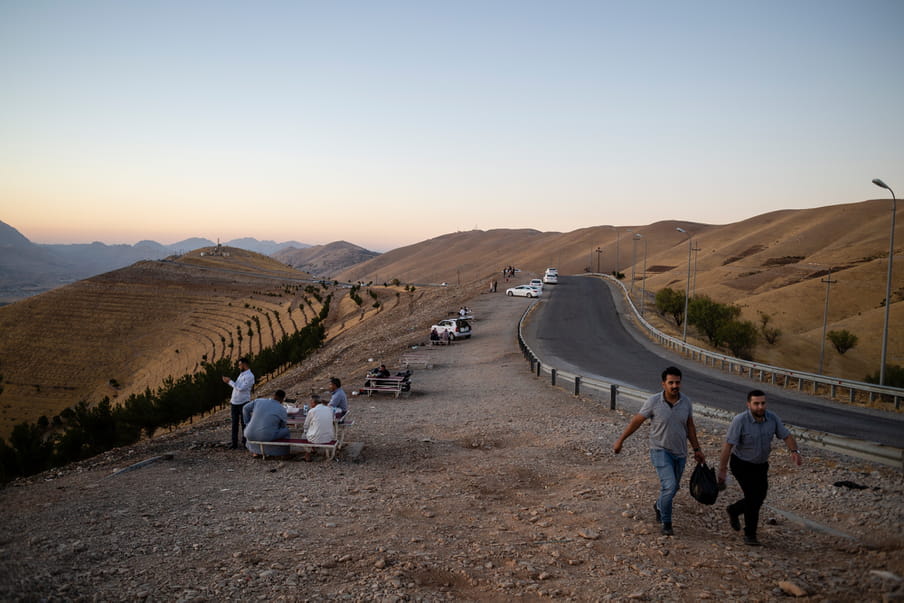
Target-shooting with impunity
On 15 October 2019 at around 4pm in the afternoon, the Turkish drone fleet struck at a popular vantage point overlooking the city from the steep slopes of the Goizha Range in northern Iraq, right beside the city of Sulaymaniyah. As tourists and locals enjoyed the sunset, 16-year-old tea-seller Dona Deshtiwan saw something falling from the sky, followed by a long white vapour trail.
“There was no sound before that. No buzzing from a drone, or the sound of aircraft engines. Just that strange long cloud that suddenly appeared. Three seconds later, there was a loud boom,” he says.
Everyone ran, fearing further violence. But Dishtiwan rushed to the location, not realising exactly what was happening. A man lay on the ground, torn into three pieces. Another man lay fallen, two metres from the first; his body was intact, but he was dead too.
When Dishtiwan recalls that moment, his young eyes clearly convey his deep sense of horror. If it happens again, he wouldn’t run towards it again, he says. “That image gave me nightmares for a month.”
A police officer later told him that the men who had been killed were two high-ranking PKK fighters, and that an Arab tourist standing nearby had been injured. But no meaningful investigation followed the attack, and Turkey will never have to answer for the violence.
And that actually affected Dishtiwan more than anything else, he says. “Turkey came here and killed two people, but nobody said anything. It wasn’t even on TV. They can just do that and get away with it. Nobody cares that those people died here.”


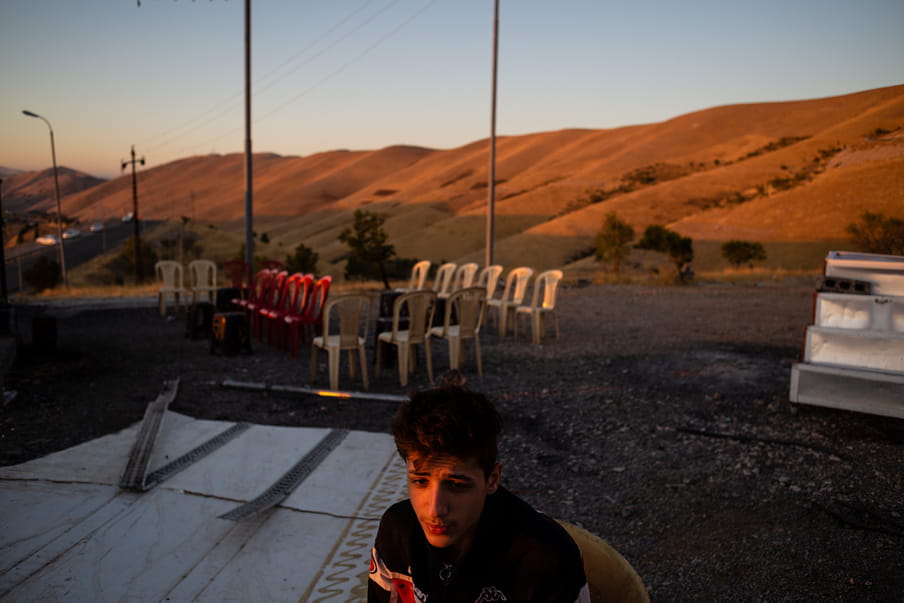
Why no one is doing anything
Although the Arab League has condemned the Turkish airstrikes in northern Iraq, the attacks continue as usual. Two Iraqi border guards and their driver were killed in a Turkish air strike in August, prompting unusually harsh criticism from the Iraqi government, but the repercussions did not extend beyond cancelling a few diplomatic trips.
The Kurdish parliament in northern Iraq also condemned the attacks. Yet the regional authorities are doing nothing to stop Turkey, Sarkawt Shams, Iraqi MP says during a phone call.
In Turkey, drones have become a shining symbol of national pride in recent years
Northern Iraq is dependent on imports from Turkey, and many Kurdish political figures have close economic ties to the Turkish business community. They are afraid that criticising the military operations will harm their personal financial interests, so they tacitly let the attacks happen, Shams says.
Back in Turkey, drones have become a shining symbol of national pride in recent years. Governors make regular visits to hangars housing the drones to deliver praise and pray for the units operating them, and Selçuk Bayraktar has become a celebrity. The state news channels only show images of successful attacks against “terrorists” or other enemies of the state. Kurdish civilian deaths never make the news. There are hardly any independent media left in Turkey that can tell a different version of events.
While the drone threat paralyses the population and disrupts public life in northern Iraq, it attracts almost no attention in Turkey. Thanks to drones, fewer Turkish soldiers have to travel to the battlefront, placing the war in the mountainous border area farther and farther from the public eye. And most people in Turkey have something else on their minds: the country is suffering from an economic crisis and huge inflation, and has been severely affected by the coronavirus.
The human consequences of unmanned warfare
In Sulaymaniyah, Peyman Talib sits defeated on a couch in her parents’ home, her young son pressed against her side. The doctors have deemed it too risky to remove a piece of shrapnel from his head, she says, so it could kill him at any moment.
Her family’s life was completely destroyed by the drone attack, she continues. They can’t pay the medical bills, and her injuries are so severe that she cannot work or keep house any more. She does not dare to return home, terrified that the violence will strike her again.
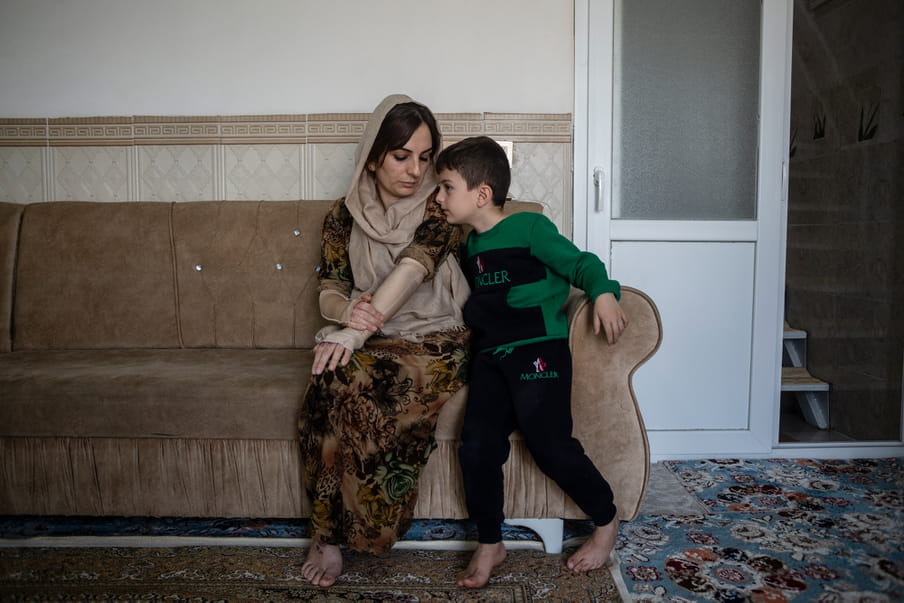
Since that fateful day, war has been her constant companion. Not long ago, she heard her young son tell one of his little friends that Turkey could kill them at any moment. Every time he sees an explosion on TV, he asks, “Did Turkey do that?” Her daughter spontaneously starts crying when the wind blows hard because it reminds her of the shock wave from the drone attack.
Talib is constantly afraid that fate will strike again. “We heard drones in the air so often before it happened, but I never thought they would strike so close to a tourist spot. The fact that they did anyway can mean only one thing, in my opinion: they see all of us as targets.”
This story was made possible in part by support from the Postcode Lottery Fund for journalists provided by Free Press Unlimited.
With invaluable assistance from Rebaz Majeed.
Translated from the Dutch by Joy Phillips.
Dig deeper
 A little less automation, a little more friction, please
In the age of self-driving cars, autoplay TV shows, and beverages that contain all your nutrients, merchants of efficiency grow rich while we lose skills and control over our time. It’s time to make our lives a little less efficient.
A little less automation, a little more friction, please
In the age of self-driving cars, autoplay TV shows, and beverages that contain all your nutrients, merchants of efficiency grow rich while we lose skills and control over our time. It’s time to make our lives a little less efficient.

